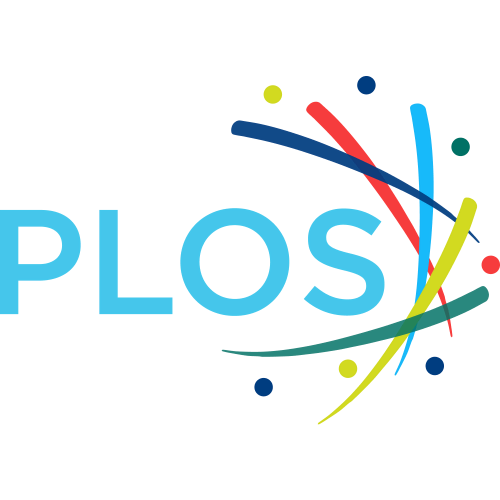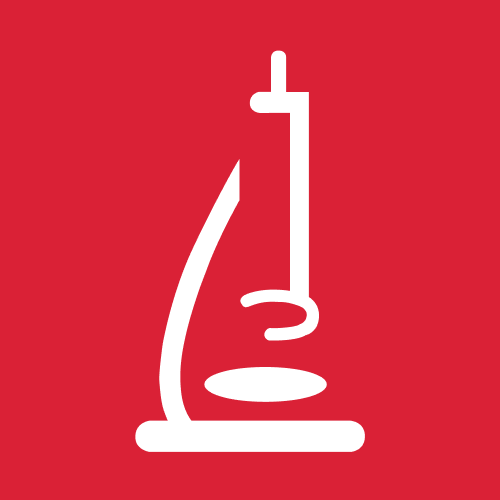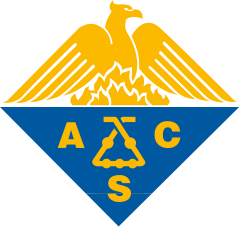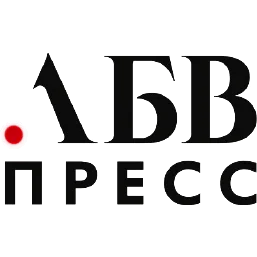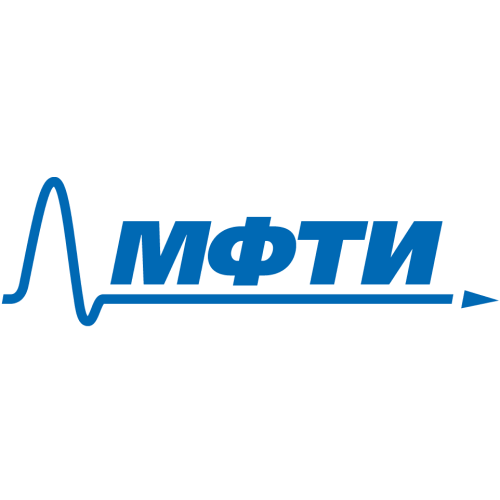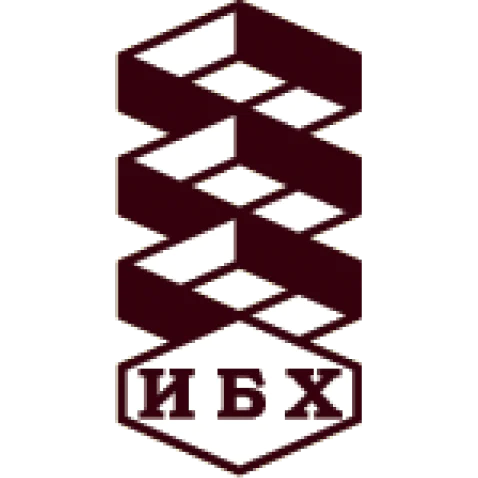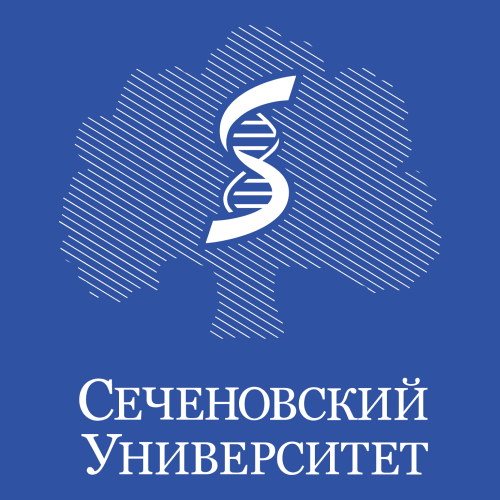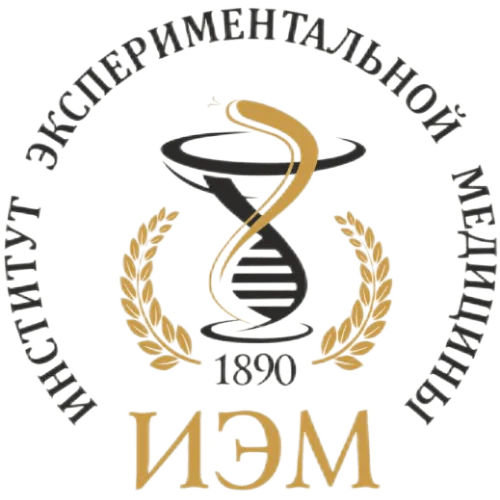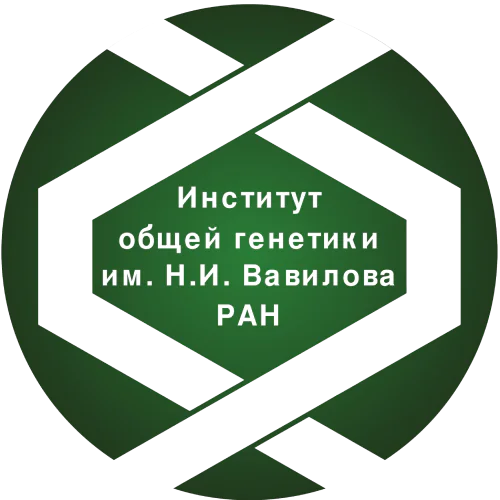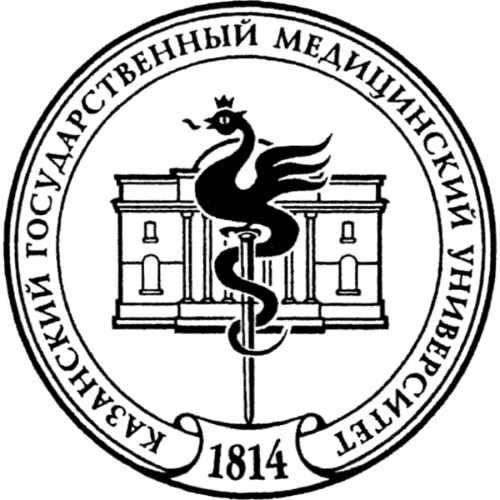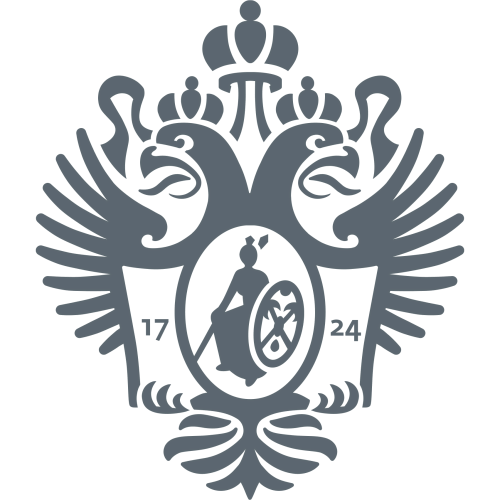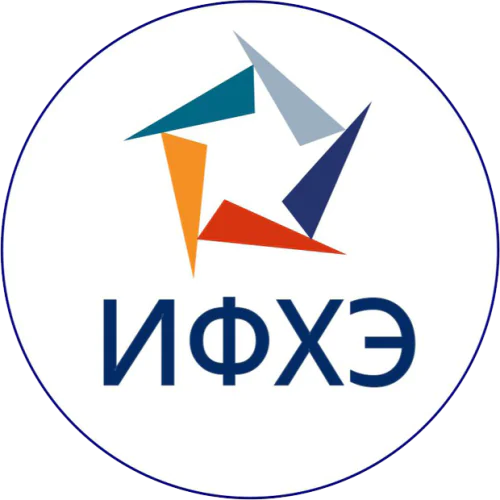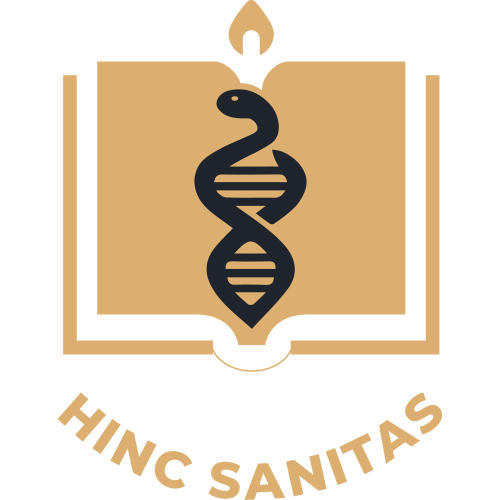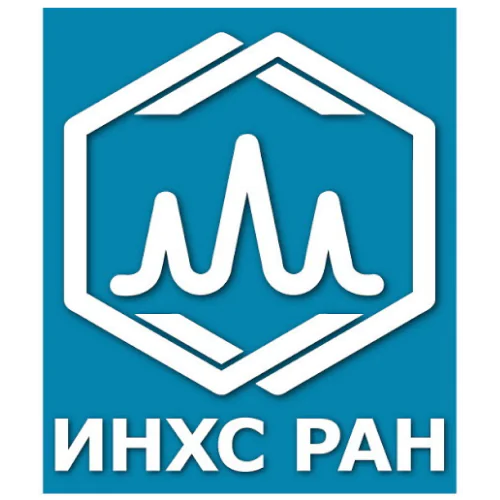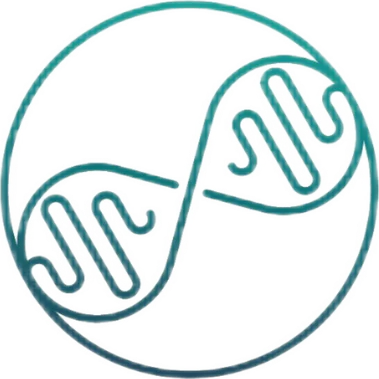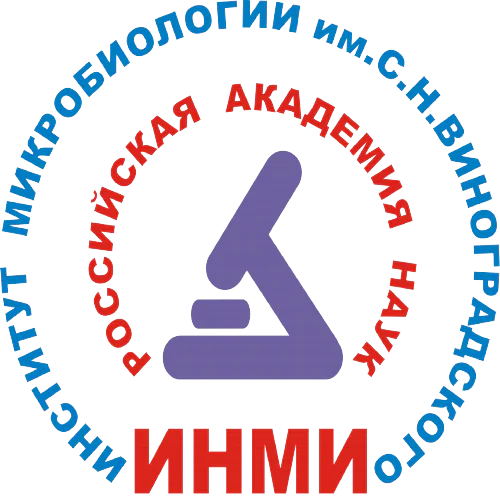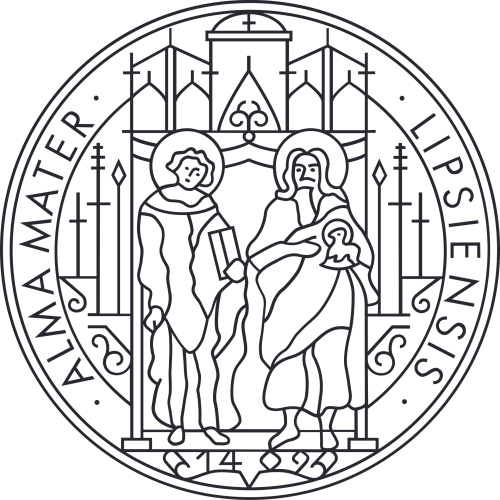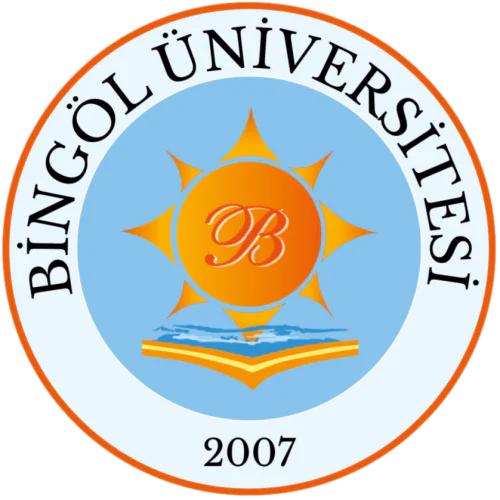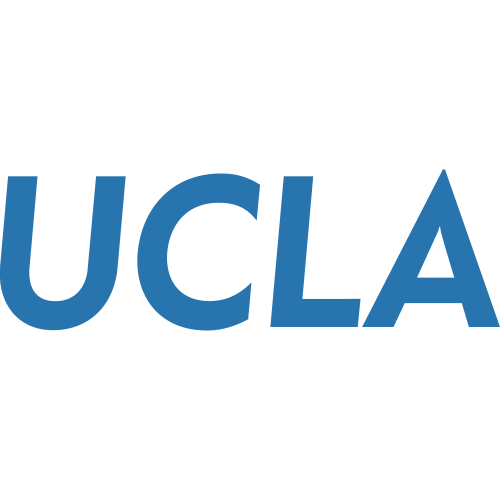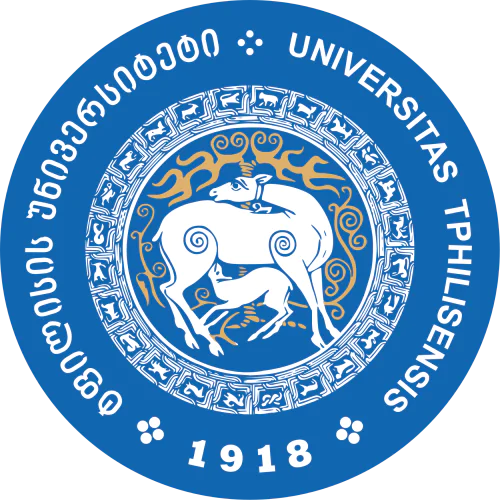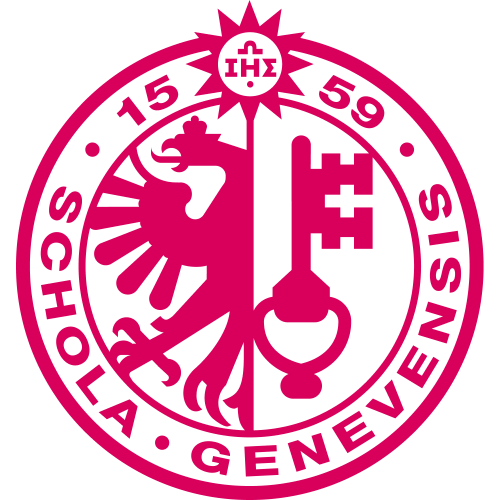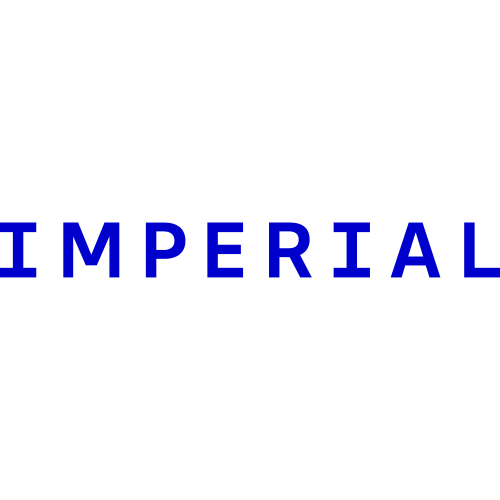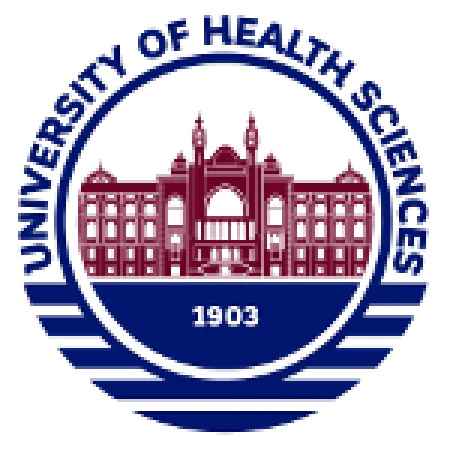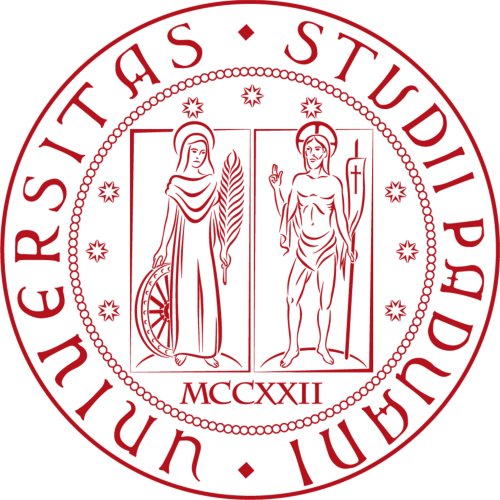Federal Research and Clinical Center of Physical-Chemical Medicine of Federal Medical Biological Agency
Are you a researcher?
Create a profile to get free access to personal recommendations for colleagues and new articles.

Publications
1 669
Citations
31 711
h-index
61
Top-3 journals

Bulletin of Experimental Biology and Medicine
(167 publications)

International Journal of Molecular Sciences
(77 publications)

Biochemistry (Moscow)
(47 publications)
Top-3 organizations

Lomonosov Moscow State University
(336 publications)
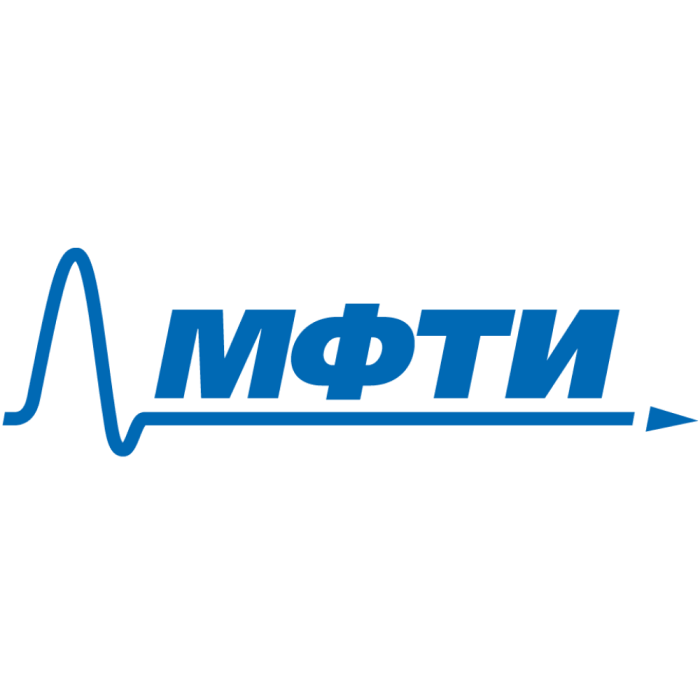
Moscow Institute of Physics and Technology
(279 publications)
Top-3 foreign organizations

Belarusian State University
(55 publications)

Liverpool John Moores University
(44 publications)

Leipzig University
(20 publications)
Top-3 researchers by h-index
Most cited in 5 years
Found
Nothing found, try to update filter.
Found
Nothing found, try to update filter.
Since 1992
Total publications
1669
Total citations
31711
Citations per publication
19
Average publications per year
41.73
Average authors per publication
8.61
h-index
61
Metrics description
h-index
A scientist has an h-index if h of his N publications are cited at least h times each, while the remaining (N - h) publications are cited no more than h times each.
Top-30
Fields of science
|
50
100
150
200
250
300
350
400
450
500
|
|
|
General Medicine
|
General Medicine, 461, 27.62%
General Medicine
461 publications, 27.62%
|
|
Biochemistry
|
Biochemistry, 325, 19.47%
Biochemistry
325 publications, 19.47%
|
|
Molecular Biology
|
Molecular Biology, 219, 13.12%
Molecular Biology
219 publications, 13.12%
|
|
General Biochemistry, Genetics and Molecular Biology
|
General Biochemistry, Genetics and Molecular Biology, 217, 13%
General Biochemistry, Genetics and Molecular Biology
217 publications, 13%
|
|
Organic Chemistry
|
Organic Chemistry, 130, 7.79%
Organic Chemistry
130 publications, 7.79%
|
|
Genetics
|
Genetics, 126, 7.55%
Genetics
126 publications, 7.55%
|
|
Biophysics
|
Biophysics, 119, 7.13%
Biophysics
119 publications, 7.13%
|
|
Cell Biology
|
Cell Biology, 85, 5.09%
Cell Biology
85 publications, 5.09%
|
|
Physical and Theoretical Chemistry
|
Physical and Theoretical Chemistry, 83, 4.97%
Physical and Theoretical Chemistry
83 publications, 4.97%
|
|
Microbiology
|
Microbiology, 79, 4.73%
Microbiology
79 publications, 4.73%
|
|
Multidisciplinary
|
Multidisciplinary, 72, 4.31%
Multidisciplinary
72 publications, 4.31%
|
|
Computer Science Applications
|
Computer Science Applications, 71, 4.25%
Computer Science Applications
71 publications, 4.25%
|
|
Molecular Medicine
|
Molecular Medicine, 66, 3.95%
Molecular Medicine
66 publications, 3.95%
|
|
Spectroscopy
|
Spectroscopy, 62, 3.71%
Spectroscopy
62 publications, 3.71%
|
|
Microbiology (medical)
|
Microbiology (medical), 61, 3.65%
Microbiology (medical)
61 publications, 3.65%
|
|
Infectious Diseases
|
Infectious Diseases, 61, 3.65%
Infectious Diseases
61 publications, 3.65%
|
|
Inorganic Chemistry
|
Inorganic Chemistry, 60, 3.59%
Inorganic Chemistry
60 publications, 3.59%
|
|
General Chemistry
|
General Chemistry, 59, 3.54%
General Chemistry
59 publications, 3.54%
|
|
Catalysis
|
Catalysis, 55, 3.3%
Catalysis
55 publications, 3.3%
|
|
Structural Biology
|
Structural Biology, 43, 2.58%
Structural Biology
43 publications, 2.58%
|
|
Clinical Biochemistry
|
Clinical Biochemistry, 43, 2.58%
Clinical Biochemistry
43 publications, 2.58%
|
|
Biotechnology
|
Biotechnology, 37, 2.22%
Biotechnology
37 publications, 2.22%
|
|
Virology
|
Virology, 34, 2.04%
Virology
34 publications, 2.04%
|
|
Immunology
|
Immunology, 31, 1.86%
Immunology
31 publications, 1.86%
|
|
Cardiology and Cardiovascular Medicine
|
Cardiology and Cardiovascular Medicine, 30, 1.8%
Cardiology and Cardiovascular Medicine
30 publications, 1.8%
|
|
Drug Discovery
|
Drug Discovery, 29, 1.74%
Drug Discovery
29 publications, 1.74%
|
|
General Materials Science
|
General Materials Science, 29, 1.74%
General Materials Science
29 publications, 1.74%
|
|
Ecology, Evolution, Behavior and Systematics
|
Ecology, Evolution, Behavior and Systematics, 27, 1.62%
Ecology, Evolution, Behavior and Systematics
27 publications, 1.62%
|
|
Materials Chemistry
|
Materials Chemistry, 25, 1.5%
Materials Chemistry
25 publications, 1.5%
|
|
Condensed Matter Physics
|
Condensed Matter Physics, 25, 1.5%
Condensed Matter Physics
25 publications, 1.5%
|
|
50
100
150
200
250
300
350
400
450
500
|
Journals
|
20
40
60
80
100
120
140
160
180
|
|
|
Bulletin of Experimental Biology and Medicine
167 publications, 10.01%
|
|
|
International Journal of Molecular Sciences
77 publications, 4.61%
|
|
|
Biochemistry (Moscow)
47 publications, 2.82%
|
|
|
Russian Journal of Bioorganic Chemistry
33 publications, 1.98%
|
|
|
Biochemistry (Moscow) Supplement Series B: Biomedical Chemistry
30 publications, 1.8%
|
|
|
Biomeditsinskaya Khimiya
27 publications, 1.62%
|
|
|
Scientific Reports
27 publications, 1.62%
|
|
|
Biophysics (Russian Federation)
26 publications, 1.56%
|
|
|
Data in Brief
22 publications, 1.32%
|
|
|
Frontiers in Microbiology
20 publications, 1.2%
|
|
|
Genes
18 publications, 1.08%
|
|
|
Molecular Biology
17 publications, 1.02%
|
|
|
PLoS ONE
17 publications, 1.02%
|
|
|
Biochimie
16 publications, 0.96%
|
|
|
Nucleic Acids Research
16 publications, 0.96%
|
|
|
Russian Journal of Genetics
14 publications, 0.84%
|
|
|
Bulletin of Russian State Medical University
14 publications, 0.84%
|
|
|
Genes and Cells
13 publications, 0.78%
|
|
|
Free Radical Biology and Medicine
13 publications, 0.78%
|
|
|
Medical academic journal
13 publications, 0.78%
|
|
|
Molecular Genetics, Microbiology and Virology
12 publications, 0.72%
|
|
|
Chemistry and Physics of Lipids
12 publications, 0.72%
|
|
|
Atherosclerosis
11 publications, 0.66%
|
|
|
Biochemical and Biophysical Research Communications
10 publications, 0.6%
|
|
|
Biomolecules
10 publications, 0.6%
|
|
|
Viruses
9 publications, 0.54%
|
|
|
Nature Communications
9 publications, 0.54%
|
|
|
Doklady Biochemistry and Biophysics
9 publications, 0.54%
|
|
|
BMC Genomics
9 publications, 0.54%
|
|
|
Russian Chemical Bulletin
9 publications, 0.54%
|
|
|
20
40
60
80
100
120
140
160
180
|
Publishers
|
50
100
150
200
250
300
350
|
|
|
Springer Nature
334 publications, 20.01%
|
|
|
Pleiades Publishing
277 publications, 16.6%
|
|
|
Elsevier
249 publications, 14.92%
|
|
|
MDPI
207 publications, 12.4%
|
|
|
Wiley
60 publications, 3.59%
|
|
|
Frontiers Media S.A.
50 publications, 3%
|
|
|
Eco-Vector LLC
40 publications, 2.4%
|
|
|
Oxford University Press
37 publications, 2.22%
|
|
|
American Society for Microbiology
30 publications, 1.8%
|
|
|
Institute of Biochemistry
27 publications, 1.62%
|
|
|
American Chemical Society (ACS)
25 publications, 1.5%
|
|
|
Taylor & Francis
22 publications, 1.32%
|
|
|
Public Library of Science (PLoS)
18 publications, 1.08%
|
|
|
Royal Society of Chemistry (RSC)
17 publications, 1.02%
|
|
|
Pirogov Russian National Research Medical University
15 publications, 0.9%
|
|
|
Media Sphere Publishing House
15 publications, 0.9%
|
|
|
The Russian Academy of Sciences
12 publications, 0.72%
|
|
|
IOP Publishing
9 publications, 0.54%
|
|
|
SPb RAACI
8 publications, 0.48%
|
|
|
Ovid Technologies (Wolters Kluwer Health)
7 publications, 0.42%
|
|
|
The Scientific and Practical Society of Emergency Medicine Physicians
7 publications, 0.42%
|
|
|
Publishing House ABV Press
7 publications, 0.42%
|
|
|
RTU MIREA
7 publications, 0.42%
|
|
|
Medical Informational Agency Publishers
7 publications, 0.42%
|
|
|
Bentham Science Publishers Ltd.
6 publications, 0.36%
|
|
|
Canadian Science Publishing
6 publications, 0.36%
|
|
|
Proceedings of the National Academy of Sciences (PNAS)
5 publications, 0.3%
|
|
|
Mary Ann Liebert
5 publications, 0.3%
|
|
|
Consilium Medicum
5 publications, 0.3%
|
|
|
Hindawi Limited
5 publications, 0.3%
|
|
|
50
100
150
200
250
300
350
|
With other organizations
|
50
100
150
200
250
300
350
|
|
|
Lomonosov Moscow State University
336 publications, 20.13%
|
|
|
Moscow Institute of Physics and Technology
279 publications, 16.72%
|
|
|
Shemyakin-Ovchinnikov Institute of Bioorganic Chemistry of the Russian Academy of Sciences
227 publications, 13.6%
|
|
|
Pirogov Russian National Research Medical University
133 publications, 7.97%
|
|
|
Sechenov First Moscow State Medical University
105 publications, 6.29%
|
|
|
National Research Centre "Kurchatov Institute"
90 publications, 5.39%
|
|
|
Engelhardt Institute of Molecular Biology of the Russian Academy of Sciences
76 publications, 4.55%
|
|
|
Institute of Experimental Medicine
62 publications, 3.71%
|
|
|
Vavilov Institute of General Genetics of the Russian Academy of Sciences
60 publications, 3.59%
|
|
|
V. N. Orekhovich Research Institute of Biomedical Chemistry
59 publications, 3.54%
|
|
|
Kazan State Medical University
55 publications, 3.3%
|
|
|
Belarusian State University
55 publications, 3.3%
|
|
|
Saint Petersburg State University
54 publications, 3.24%
|
|
|
Kazan Federal University
53 publications, 3.18%
|
|
|
Skolkovo Institute of Science and Technology
45 publications, 2.7%
|
|
|
Liverpool John Moores University
44 publications, 2.64%
|
|
|
Peoples' Friendship University of Russia
43 publications, 2.58%
|
|
|
MIREA — Russian Technological University
41 publications, 2.46%
|
|
|
Mendeleev University of Chemical Technology of Russia
41 publications, 2.46%
|
|

Federal Research Centre “Fundamentals of Biotechnology” of the Russian Academy of Sciences
40 publications, 2.4%
|
|
|
N.N. Semenov Federal Research Center for Chemical Physics of the Russian Academy of Sciences
38 publications, 2.28%
|
|
|
A.N. Frumkin Institute of Physical Chemistry and Electrochemistry of the Russian Academy of Sciences
37 publications, 2.22%
|
|
|
N. F. Gamaleya National Research Center for Epidemiology and Microbiology of the Ministry of Health of the Russian Federation
36 publications, 2.16%
|
|
|
Russian University of Medicine
35 publications, 2.1%
|
|
|
A.V. Topchiev Institute of Petrochemical Synthesis RAS
34 publications, 2.04%
|
|
|
Koltsov Institute of Developmental Biology of the Russian Academy of Sciences
32 publications, 1.92%
|
|
|
Institute for Systems Biology and Medicine of Rospotrebnadzor
31 publications, 1.86%
|
|
|
Plekhanov Russian University of Economics
29 publications, 1.74%
|
|
|
Winogradsky Institute of Microbiology of the Russian Academy of Sciences
28 publications, 1.68%
|
|
|
P.N. Lebedev Physical Institute of the Russian Academy of Sciences
27 publications, 1.62%
|
|
|
50
100
150
200
250
300
350
|
With foreign organizations
|
10
20
30
40
50
60
|
|
|
Belarusian State University
55 publications, 3.3%
|
|
|
Liverpool John Moores University
44 publications, 2.64%
|
|
|
Leipzig University
20 publications, 1.2%
|
|
|
University Hospital Bonn
10 publications, 0.6%
|
|
|
Istituti di Ricovero e Cura a Carattere Scientifico
8 publications, 0.48%
|
|
|
University College London
8 publications, 0.48%
|
|
|
University of São Paulo
8 publications, 0.48%
|
|
|
University of Pittsburgh
8 publications, 0.48%
|
|
|
Bingol University
7 publications, 0.42%
|
|
|
Tel Aviv University
7 publications, 0.42%
|
|
|
Katholieke Universiteit Leuven
7 publications, 0.42%
|
|
|
University of California, Los Angeles
7 publications, 0.42%
|
|
|
Polytechnic University of Valencia
7 publications, 0.42%
|
|
|
Ivane Javakhishvili Tbilisi State University
6 publications, 0.36%
|
|
|
Basque Foundation for Science
6 publications, 0.36%
|
|
|
Technical University of Munich
6 publications, 0.36%
|
|
|
University of Geneva
6 publications, 0.36%
|
|
|
Imperial College London
6 publications, 0.36%
|
|
|
University of Manchester
6 publications, 0.36%
|
|
|
Massachusetts Institute of Technology
6 publications, 0.36%
|
|
|
University of the Basque Country
6 publications, 0.36%
|
|
|
Université Paris-Saclay
6 publications, 0.36%
|
|
|
Gdansk University of Physical Education and Sport
6 publications, 0.36%
|
|
|
University of Health Sciences, Turkey
5 publications, 0.3%
|
|
|
University of Tübingen
5 publications, 0.3%
|
|
|
University of Padua
5 publications, 0.3%
|
|
|
University of Pavia
5 publications, 0.3%
|
|
|
University of Queensland
5 publications, 0.3%
|
|
|
University Medical Center Utrecht
5 publications, 0.3%
|
|
|
Maria Sklodowska-Curie National Research Institute of Oncology
5 publications, 0.3%
|
|
|
10
20
30
40
50
60
|
With other countries
|
10
20
30
40
50
60
70
80
|
|
|
Germany
|
Germany, 79, 4.73%
Germany
79 publications, 4.73%
|
|
United Kingdom
|
United Kingdom, 68, 4.07%
United Kingdom
68 publications, 4.07%
|
|
Belarus
|
Belarus, 64, 3.83%
Belarus
64 publications, 3.83%
|
|
USA
|
USA, 64, 3.83%
USA
64 publications, 3.83%
|
|
France
|
France, 24, 1.44%
France
24 publications, 1.44%
|
|
Italy
|
Italy, 24, 1.44%
Italy
24 publications, 1.44%
|
|
Kazakhstan
|
Kazakhstan, 19, 1.14%
Kazakhstan
19 publications, 1.14%
|
|
Spain
|
Spain, 18, 1.08%
Spain
18 publications, 1.08%
|
|
Japan
|
Japan, 18, 1.08%
Japan
18 publications, 1.08%
|
|
China
|
China, 15, 0.9%
China
15 publications, 0.9%
|
|
USSR
|
USSR, 15, 0.9%
USSR
15 publications, 0.9%
|
|
Switzerland
|
Switzerland, 14, 0.84%
Switzerland
14 publications, 0.84%
|
|
Israel
|
Israel, 13, 0.78%
Israel
13 publications, 0.78%
|
|
Poland
|
Poland, 13, 0.78%
Poland
13 publications, 0.78%
|
|
Brazil
|
Brazil, 9, 0.54%
Brazil
9 publications, 0.54%
|
|
Finland
|
Finland, 9, 0.54%
Finland
9 publications, 0.54%
|
|
Sweden
|
Sweden, 9, 0.54%
Sweden
9 publications, 0.54%
|
|
Belgium
|
Belgium, 8, 0.48%
Belgium
8 publications, 0.48%
|
|
Norway
|
Norway, 8, 0.48%
Norway
8 publications, 0.48%
|
|
UAE
|
UAE, 8, 0.48%
UAE
8 publications, 0.48%
|
|
Czech Republic
|
Czech Republic, 8, 0.48%
Czech Republic
8 publications, 0.48%
|
|
Austria
|
Austria, 7, 0.42%
Austria
7 publications, 0.42%
|
|
Hungary
|
Hungary, 7, 0.42%
Hungary
7 publications, 0.42%
|
|
Greece
|
Greece, 6, 0.36%
Greece
6 publications, 0.36%
|
|
Georgia
|
Georgia, 6, 0.36%
Georgia
6 publications, 0.36%
|
|
Canada
|
Canada, 6, 0.36%
Canada
6 publications, 0.36%
|
|
Lithuania
|
Lithuania, 6, 0.36%
Lithuania
6 publications, 0.36%
|
|
Turkey
|
Turkey, 6, 0.36%
Turkey
6 publications, 0.36%
|
|
Ukraine
|
Ukraine, 5, 0.3%
Ukraine
5 publications, 0.3%
|
|
10
20
30
40
50
60
70
80
|
- We do not take into account publications without a DOI.
- Statistics recalculated daily.
- Publications published earlier than 1992 are ignored in the statistics.
- The horizontal charts show the 30 top positions.
- Journals quartiles values are relevant at the moment.
Found
Total
Shown /











